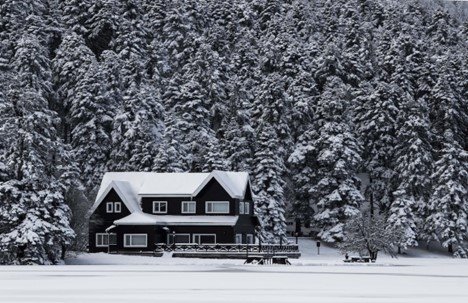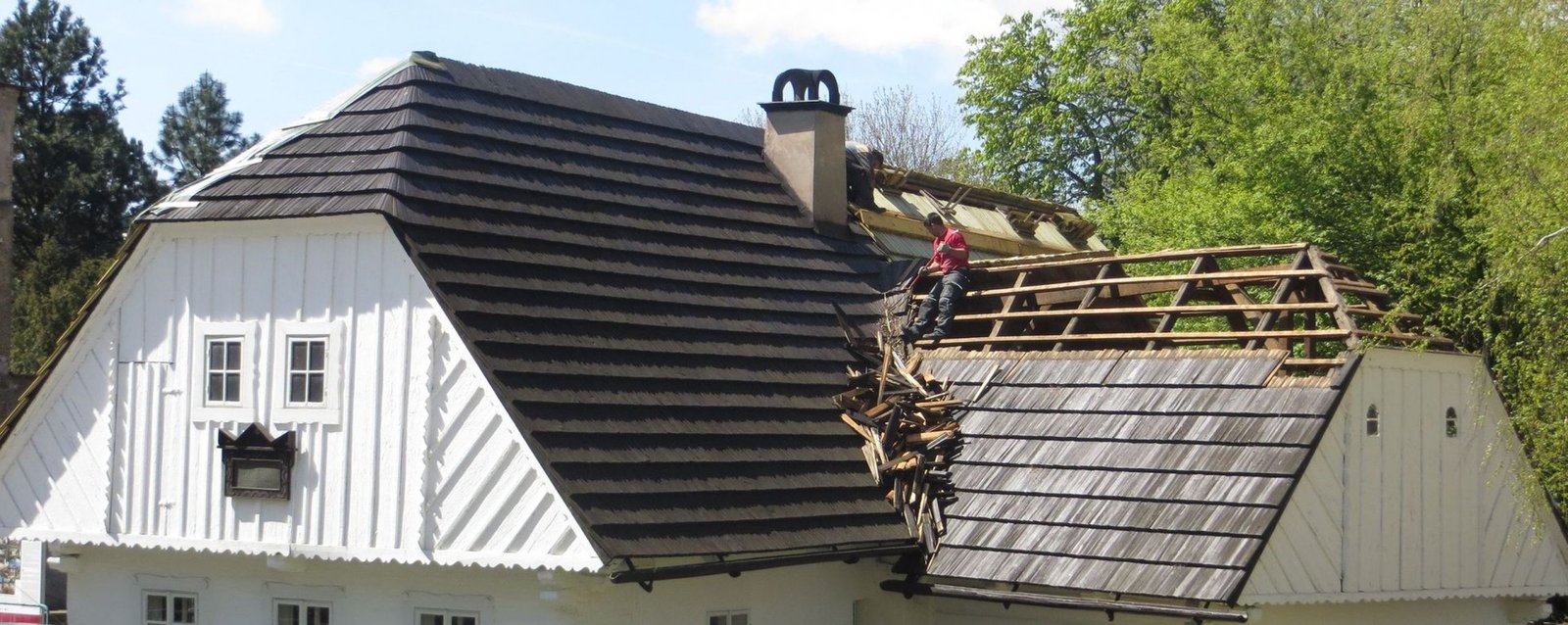Table of Contents Show
Let’s admit it; not many people will willingly come forward on a Sunday to sweep the leaves from the gutters or, more specifically, in the winter season.

After all, winter seems a calm season for most people, with snow falling and temperatures dropping. For many, it seems tempting to curl up in our bed or favorite sofa and take a sip from a hot mug of coffee.
Getting the house ready is undoubtedly tricky for many people, especially those who have never seen a furnace and boiler system much less drained. Yet, maintaining the living space doesn’t have to be a tedious or nerve-wracking activity.
And if you aren’t ready, the winter months, which include the bitter cold and severe storms, can damage your house in no time. So to help you and your home prepare for the coldest months of the year, here are a few tips to prepare your home before the winter:
1. Get the Winter Tools Ready
It’s not a bad idea to make a short shopping trip for cold-weather supplies before the winter chilly even arrives. So, before the weather forecasters warn you that a storm is approaching, stock up on ice melt.
Parents and pet owners should purchase carefully since ice melt contains chemicals that, if consumed, can be hazardous to both people and animals. Look for products devoid of chloride or salt. Other supplies you must stock can include shovels and snow rakes.
2. Install and Maintain The Water Heater System
Imagine arriving home after a long, stressful day and wanting to take a relaxing, warm shower. It’s the dead of winter, so you jump into your bathtub to soak your body in hot water. Imagine for a moment, instead of bathing in warm water, the water is ice cold!
Installation and maintenance of water heaters are essential for avoiding this situation. A water heater may provide much-needed hot water and keep you from being chilled, whether you want to wash dishes, make food, or wash your clothes.
You can also consult a professional from P&L Plumbing for installing and maintaining water heaters that are crucial for everyday usage.
Read Also:
3. Pay Attention to Windows And Doors
The seals around your windows may crack in the summer due to the increased heat. When it’s pleasant outside, you might not even notice or care. But, in the winter, leaks and cracks can cause your home to become chilly and increase your heating costs.
Therefore, add weather stripping and caulk around windows and doors to improve insulation. Weatherproofing your doors and windows can prevent draughts and keep your house cozy and comfortable throughout the winter. In addition, if you can avoid draughts, your HVAC system won’t have to work as hard to maintain a constant temperature, thus reducing energy usage.
4. Don’t Forget to Clean the Gutters
No wonder you should generally clean your gutters and downspouts a few times a year. But doing this in freezing temperatures is even more crucial when winterizing your home.
Put this way; if your gutters get clogged with debris, water may back up against the house and cause leaks and ice dams and damage the siding, roofing, and wood trim.
So climb up the ladder and wear work gloves to clear out twigs, leaves, and other garbage so water can drain properly. However, does your gutter fill up with debris quickly? Installing leaf guards is an excellent idea to keep your gutters clean for longer.
5. Change the Direction of Your Ceiling Fan Blades
Do you know that you can improve the comfort of your house during winter by just flipping a switch?
Therefore, if your home has ceiling fans, you should change the blade rotation with the seasons for maximum effects. For example, in warm months, the blades of the majority of ceiling fans should rotate counterclockwise to force cool air downward. Conversely, reversing your ceiling fan clockwise will push all the warm air near the ceiling into your living area.
Doing so will also enable you to lower the thermostat a few degrees since it circulates warm air throughout your home.
6. Protect your Roof
Roof care is essential for preparing your home exterior for winter and is best completed before the winter season arrives.
A thorough inspection is the greatest approach to determining the integrity of your roof. Thus, it would help if you searched for roof areas where the shingles are bending, cracking, or simply missing.
You should also examine loose screws and rusted panels to discover whether any possible leaks are developing. In addition, don’t forget to remove any debris that might have accumulated on your roof.
Don’t worry if you can’t get to your house’s roof. You might instead hire a contractor to inspect it. Even though it might cost more than you’d like to spend, letting it sit for the entire winter could potentially result in further repair costs.
7. Give Special Attention to the Chimney And Fireplace
Answer this. Do you frequently use the chimney as a source of heat during winter? In that case, make sure your fireplace is in an excellent state. The water in your chimney may freeze and expand in below-freezing temperatures, resulting in fractured or shattered bricks.
If you regularly clean and examine your chimney, it will be free of the dangerous creosote that accumulates over time. Due to its great flammability, creosote can start a dangerous house fire in just a few minutes.
Thus, to prevent such a catastrophic scenario, you should contact a chimney inspector once a year. An inspector will check your flue for tightness and evaluate whether there has been any buildup during the off-season.
8. Save your Pipes From Freezing
According to science, water expands when it becomes ice. Thus, it is no secret that frozen pipes can burst, causing significant water damage and high repair costs. The most vulnerable areas of your home to frozen pipes are the unheated basement, attic, and garage.
Therefore, you should insulate your pipes to guard against water scarcity or, worse yet, a massive flood. Insulating pipes will not just prevent them from freezing, but it also improves the effectiveness of your home’s hot water system, which will result in significant annual cost savings.
In addition, as winter approaches, removing garden hoses from your exterior faucets is crucial. Besides insulation, maintaining a temperature above 50 degrees Fahrenheit in your home is a perfect way to prevent your interior pipes from freezing.
Summing Up
Winter is coming, and you will soon witness thunderstorms, rain, and chilly temperatures. All of these can cause a variety of issues both inside and outside your home. Nevertheless, a few winter home care tasks will help keep your house in shape.
A winter home maintenance checklist helps you stay warm and reduces energy costs, pipe bursts, cold weather damage, and other winter problems. In a nutshell, you can feel more prepared to survive and enjoy the winter after winterizing your home.









